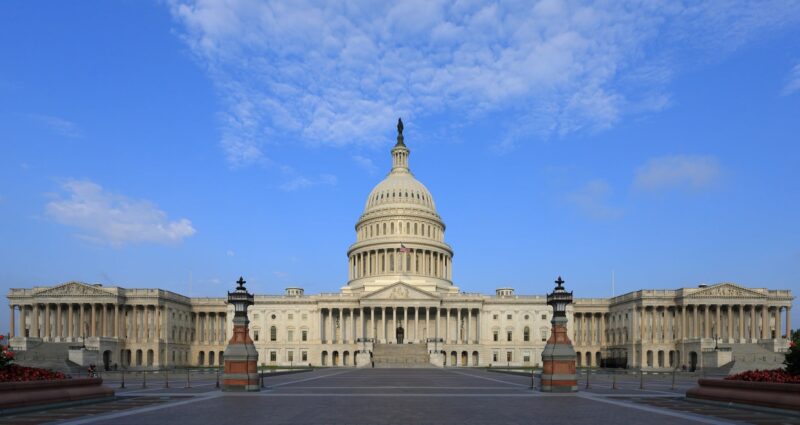
The fiscal 2018 National Defense Authorization Act (NDAA) authorizes Congress to give the National Nuclear Security Administration even more money than President Donald Trump requested, while also bucking the commander in chief on a couple big nuclear programs.
The…